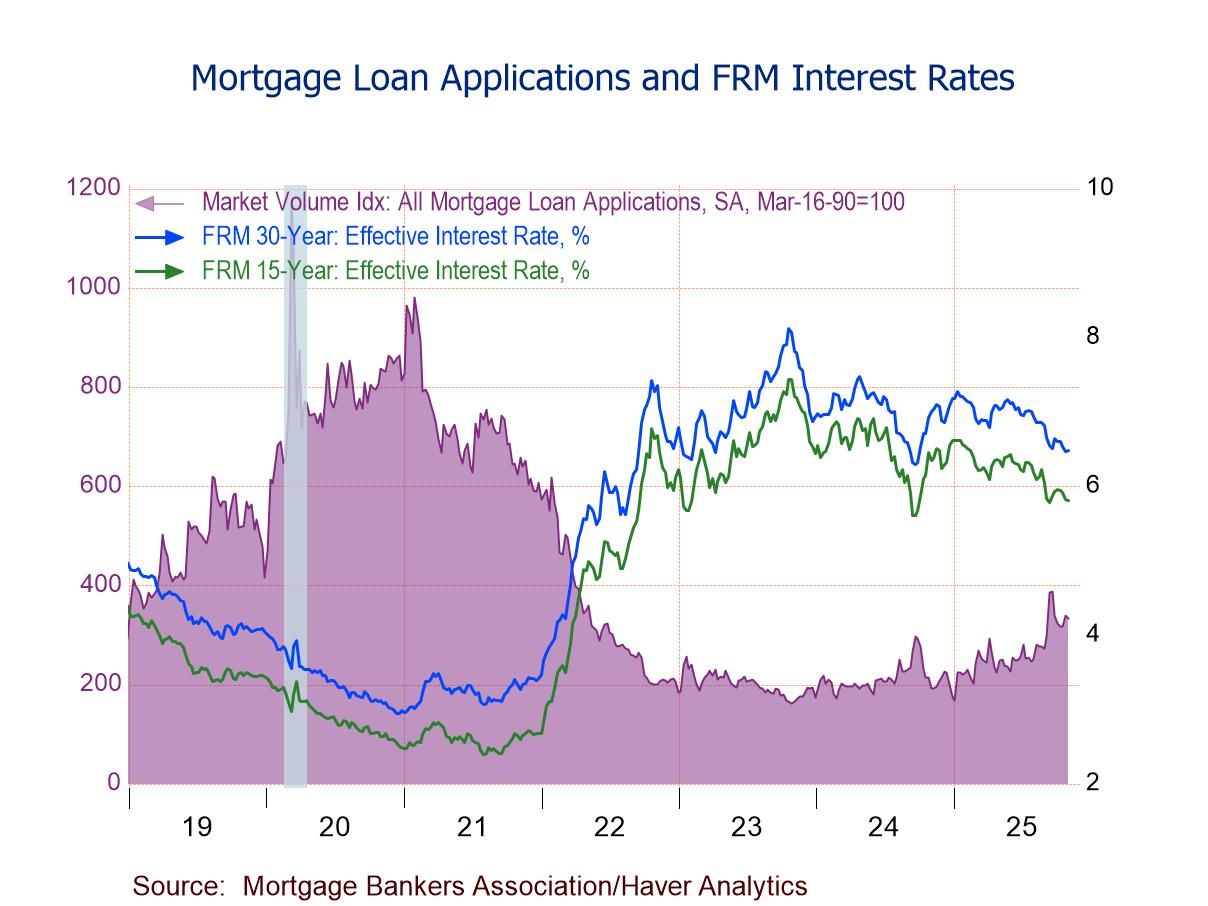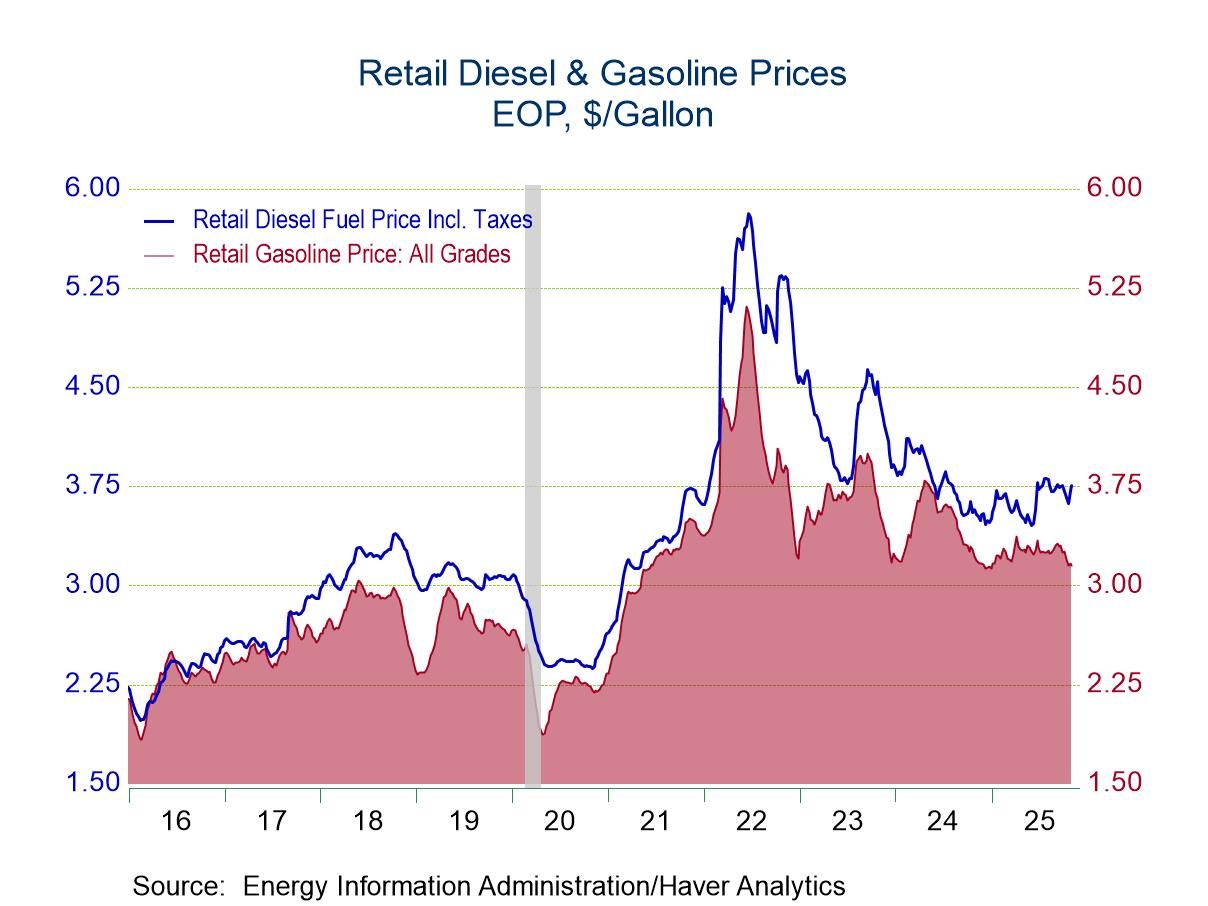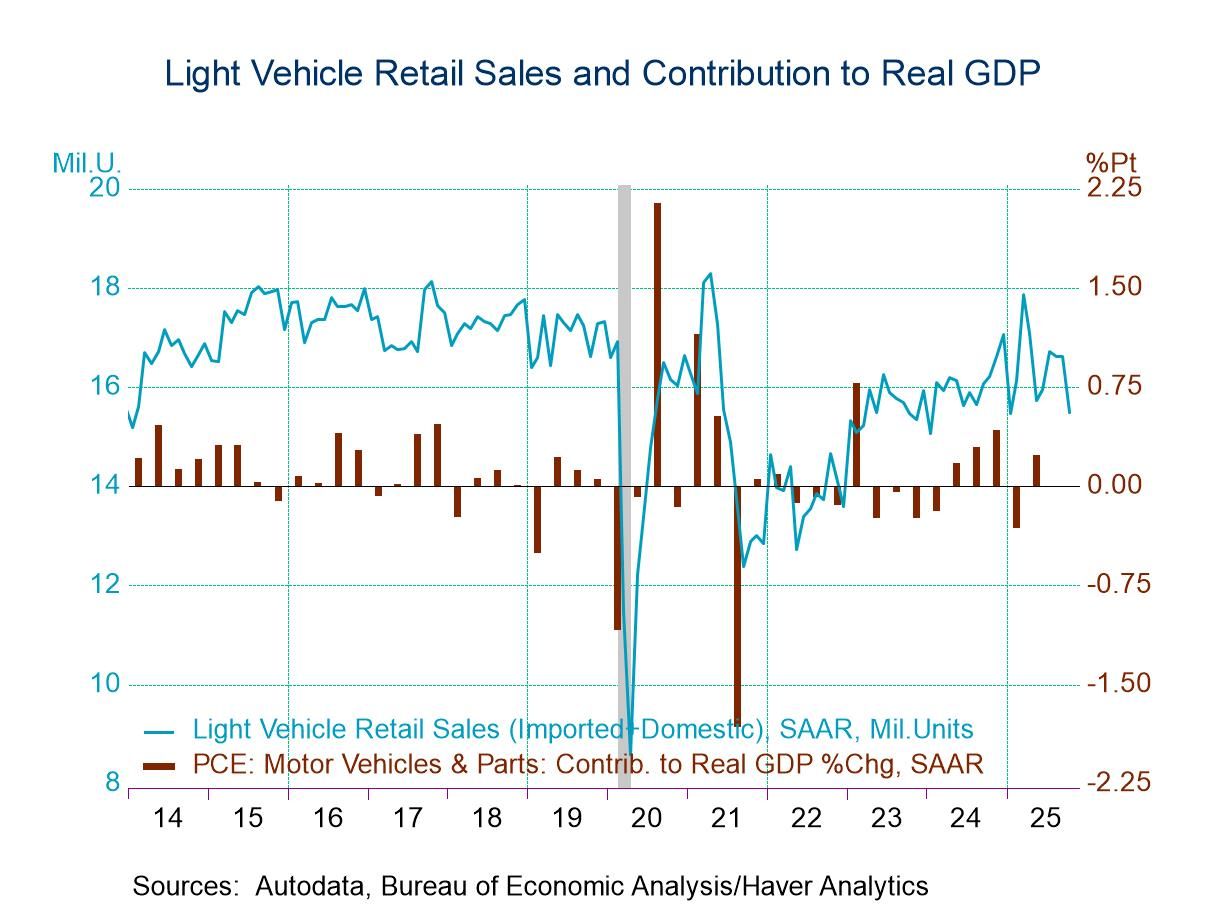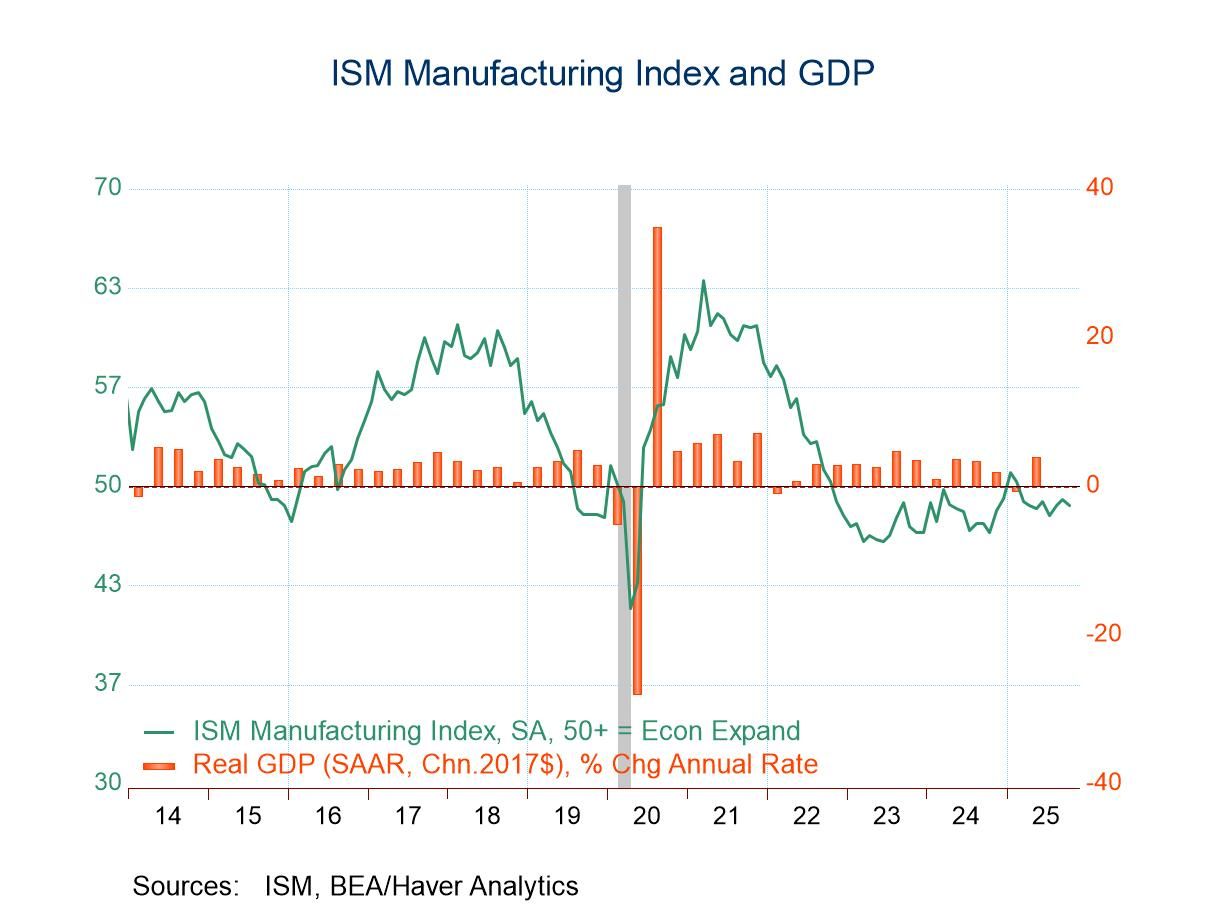 Global| May 12 2023
Global| May 12 2023Charts of the Week (May 12, 2023)
by:Andrew Cates
|in:Economy in Brief
Summary
Following a frenetic week on both the policy and data front, the macroeconomic calendar has been a little lighter over the past few days. This week’s key report, namely April’s US CPI data, more or less met market expectations while on the policy front the Bank of England matched forecasts too in hiking the Bank rate by 25bps. Otherwise the stability of the US banking sector and debt ceiling politics were a couple of themes for investors to additionally focus on. Against this backdrop, our charts this week home in on the latest Blue Chip consensus for economic growth (in chart 1) and how these contrast with recent investor surveys of the world economy (in chart 2). We then look at how the wheels of the US credit cycle are slowing down according to the latest Senior Loan Officer survey (in chart 3) and how the small company sector is responding to this via reduced expectations for inflation (in chart 4). Finally, we look at China’s reopening and the weaker momentum that’s being signalled by high frequency economic indicators (in chart 5) together with the absence of any big ripple effects from that reopening for the rest of the world (in chart 6).
Consensus forecasts for economic growth GDP forecasts for 2023 have, on the whole, been revised higher in the US and Europe over the first few months of this year but a sub-trend speed still characterises the outlook for most advanced economies (see chart 1 below). The latest Blue Chip survey did see a small setback to forecasts for the US, specifically to an annual average rate of 1.1% from a prior 1.2%. Expectations for Japan’s economic growth have also been pared back a little since the start of this year. Energy prices, the more generic trend for inflation, the calibration of monetary policy and financial conditions are likely to remain key drivers of the growth outlook in the period ahead.
Chart 1: The shifting Blue Chip consensus for GDP growth in several major economies

Sentiment surveys and economic data surprises Relative to Blue Chip economic forecasters – and the messages from some of the data - investors are more downbeat about the economic outlook in the months ahead. That’s the implication of chart 2 below showing a sharp drop in the expectations component in May’s global sentix survey, specifically to -8.0 from -3.6 in April. As the chart further suggests, those investor expectations appear quite low relative to the recent evolution of Citigroup’s global growth surprise index. While incoming economic data have tended to surprise more negatively over the past three weeks, that follows a 7-month stretch from last October to mid-April where positive surprises had been outnumbering negative surprises.
Chart 2: The global sentix survey versus Citigroup’s global data surprise index

The US credit cycle The underlying health of the US banking sector remains a chief concern for the economic outlook. And this week’s US Senior Loan Officer survey did little to dispel those concerns. Lending standards were tightened across a broad swathe of corporate and consumer lending categories in Q2. Demand for credit in the meantime slumped in most of those categories as well (see chart 3 below).
Chart 3: The Fed’s Senior Loan Officer Survey: lending standards and credit demand

US small companies and inflation This week’s April NFIB survey of the small company sector chimed with that sobering message from the US banking sector. Confidence slipped to a 10-year low and – perhaps more importantly – price expectations slipped to the lowest level since December 2020. That’s significant because as chart 4 below suggests, those expectations typically foreshadow US headline inflation. It was certainly no surprise to economic forecasters that US CPI inflation dropped again this week, specifically to 4.9% in April from 5.0% in March.
Chart 4: Price expectation in the US NFIB survey versus US headline CPI inflation

China’s reopening Meanwhile, this week’s economic data from China suggest that the growth momentum from its reopening phase is cooling and that inflationary pressures remain salient by their absence. On the growth side of that equation the Yicai high frequency economic activity index has slumped over the past four weeks, as evidenced in chart 5 below. Relative to a base in 2019 - which might be construed as a year that earmarked ‘normal’ economic activity - the latest reading for this index has slipped below trend.
Chart 5: The Yicai high frequency economic activity index

The global impulse from China’s reopening A further take-away from China’s raft of economic data in recent weeks is the absence of a major spill over from its re-opening phase for activity in the rest of the world. That was certainly the message from this week’s trade data showing a sharp slowdown in China’s import growth in April. It is also the message, moreover, from chart 6 below showing a decoupling between Citigroup’s growth surprise index for China and the surprise index for economies that have high exposure to its trade, namely Australia and the euro area.
Chart 6: Citigroup’s economic surprise index for China, the euro area and Australia

Andrew Cates
AuthorMore in Author Profile »Andy Cates joined Haver Analytics as a Senior Economist in 2020. Andy has more than 25 years of experience forecasting the global economic outlook and in assessing the implications for policy settings and financial markets. He has held various senior positions in London in a number of Investment Banks including as Head of Developed Markets Economics at Nomura and as Chief Eurozone Economist at RBS. These followed a spell of 21 years as Senior International Economist at UBS, 5 of which were spent in Singapore. Prior to his time in financial services Andy was a UK economist at HM Treasury in London holding positions in the domestic forecasting and macroeconomic modelling units. He has a BA in Economics from the University of York and an MSc in Economics and Econometrics from the University of Southampton.






